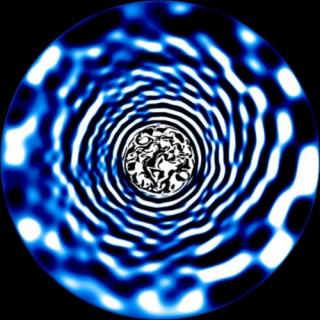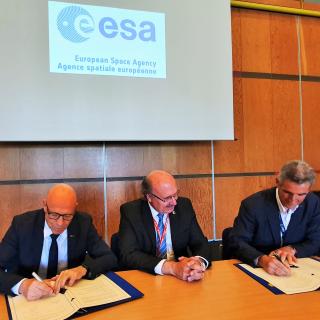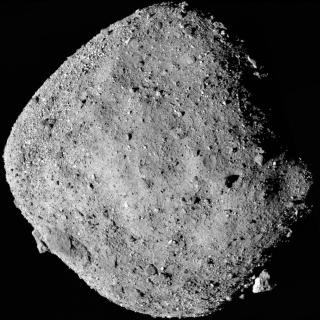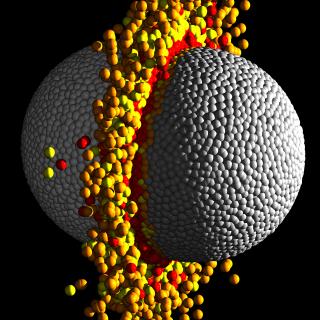![The ultra-diffuse galaxy KKS2000]04 (NGC1052-DF2). The ultra-diffuse galaxy KKS2000]04 (NGC1052-DF2).](/sites/default/files/styles/crop_square_2_2_to_320px/public/images/news/nt030619.jpg?h=bc8a2161&itok=5XOM-hsd)
A group of researchers from the Instituto de Astrofísica de Canarias (IAC) has clarified one of the mysteries of 2018 in the field of extragalactic astrophysics: the supposed existence of a galaxy without dark matter.
Advertised on
This section includes scientific and technological news from the IAC and its Observatories, as well as press releases on scientific and technological results, astronomical events, educational projects, outreach activities and institutional events.
![The ultra-diffuse galaxy KKS2000]04 (NGC1052-DF2). The ultra-diffuse galaxy KKS2000]04 (NGC1052-DF2).](/sites/default/files/styles/crop_square_2_2_to_320px/public/images/news/nt030619.jpg?h=bc8a2161&itok=5XOM-hsd)




